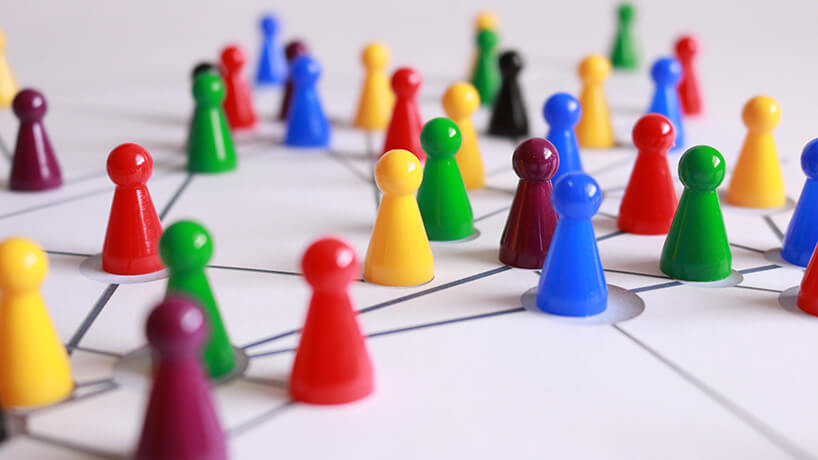Trendspotter
Using gaming techniques to engage and motivate attendees can add an element of fun to events, but it takes skill to pull off.
Team-building events agency Wildgoose, which has run events across destinations within Asia-Pacific — including Sydney, Bangkok, Shanghai, Taiwan, and Singapore — believes that gamification can work well when combined with the right content and audience. That’s a fine line, however, experts warn — and if the concept starts to feel like a gimmick, it can fall flat.
 “We create our challenges to sit somewhere in the middle — our participants are seeking tangible return on investment out of their team activity or learning programme so we have to ensure that our events are relevant, engaging, and fun,” said Priya Taylor, commercial director at Wildgoose. “When looking at gamification, it’s important to understand the underlying goal. For example, our gamified learning programmes are designed to engage and increase learning retention. We then create fun, interactive, and immersive challenges to meet these objectives.”
“We create our challenges to sit somewhere in the middle — our participants are seeking tangible return on investment out of their team activity or learning programme so we have to ensure that our events are relevant, engaging, and fun,” said Priya Taylor, commercial director at Wildgoose. “When looking at gamification, it’s important to understand the underlying goal. For example, our gamified learning programmes are designed to engage and increase learning retention. We then create fun, interactive, and immersive challenges to meet these objectives.”
Taylor gives the example of how the agency’s retail clients have successfully engaged their staff at events through Wildgoose’s gamified app. A recent experiential event for one company involved staff visiting five stores where they completed practical challenges, such as posing as customers and asking questions about products, compiling videos based on their findings, and reporting back on their experiences. Learning by using these immersive and game-themed techniques means people are not only more likely to retain the information, they’re also more likely to stay engaged with the brand.
“Rather than telling participants what to do, gamified technology within a team-building activity rewards participants’ good decisions and illustrates their bad ones — helping them visualise how to improve and make changes,” added Taylor. “It’s real and practical, rather than abstract and theoretical.”
As with any engagement tool used to help deliver messages, gamification has to add value and be linked to the overall theme and messaging of your event. Rob Stanbridge, director of operations at agency MCI UK, advises against doing something that doesn’t fit with the event or the attendees. You have to be authentic in your messaging and understand your audience to ensure they will engage with you in the desired way.
 In his experience, gamification is being increasingly incorporated into events but if it falls flat, there is a tendency to blame the technology or app.
In his experience, gamification is being increasingly incorporated into events but if it falls flat, there is a tendency to blame the technology or app.
“Nine times out of 10, it isn’t the technology that is at fault — it’s the concept itself which hasn’t been thought through and structured to get engagement from the attendees,” he said. “Just like a speaker who will spend hours on their content and PowerPoint slides, rehearsing and refining over and over again, gamification needs the same attention to make an impact and help deliver the desired results.”
When it’s planned well and fits the objectives of your event, gamification can work as a very useful tech tool — it can boost engagement, drive conversation, embed key messages, and create an experience which people recall and share with others, Stanbridge says. Without knowing it, they are spreading the message and changing views and opinions of others through what they have experienced.

